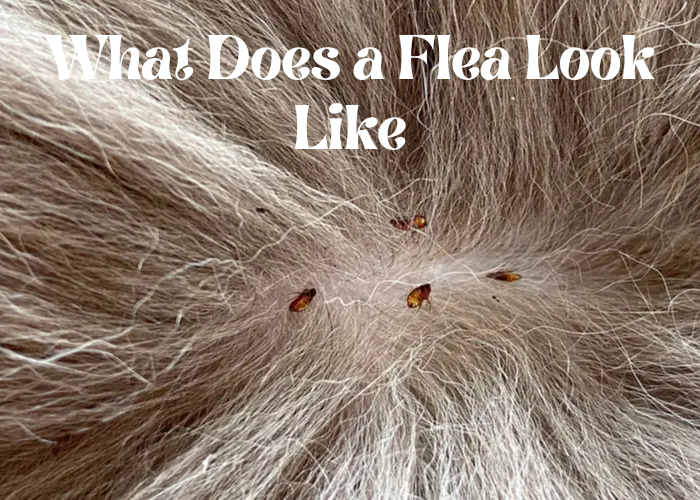
In order to effectively treat and rid your home of fleas, it’s important to know what they look like. Fleas are small, dark insects that typically reside on the body of a host animal. They can be difficult to spot, but knowing what to look for will make identification easier and treatment more successful. This blog post will provide an overview of the appearance and habits of fleas so that you can better identify and address an infestation.
What Do Fleas Look Like and Where Can You Find Them
Fleas are small, wingless parasites that feed on the blood of animals. Adult fleas are typically 1/16 to 1/8 inch long and have a hard, dark brown or reddish-black body. They have long hind legs that they use to jump from host to host. Fleas can be found on dogs, cats, rabbits, rodents, and other animals. Humans can also be bitten by fleas, but these parasites are not able to survive on human blood alone. In most cases, fleas enter the home on the back of an animal and then spread to other areas of the house. flea eggs can also be brought into the home on clothing or shoes. Once fleas hatch, they live in carpeting, furniture, bedding, and other fabrics.
If you think you may have fleas in your home, look for small, dark brown insects crawling on your pets or in your carpeting. You may also see flea dirt – small black specks that look like pepper – on your animal’s fur or in their bedding. If you suspect you have fleas, vacuum your floors and furniture thoroughly and wash all bedding in hot water. You may also need to treat your pet with a flea shampoo or medication prescribed by your veterinarian.
The Different Staes of a Flea’s Life Cycle
- A flea’s life cycle has four different stages: the egg stage, the larval stage, the pupal stage, and the adult stage.
- The egg stage is when a female flea lays her eggs.
- The larval stage is when the eggs hatch and the larvae begin to feed on debris and other small insects.
- The pupal stage is when the larvae spin a cocoon and develop into adults.
- The adult stage is when the fleas are ready to mate and start the cycle all over again.
- A single female flea can lay up to 50 eggs per day, and a single pair of fleas can
- produce over a million offspring in their lifetime.
That’s why it’s so important to break the flea life cycle in order to prevent an infestation.
How to Get Rid of Fleas in Your Home and Yard
If you have fleas in your home, the first step is to thoroughly clean all of your floors and surfaces. This will help to remove any eggs or larva that are present. You should also vacuum all carpets and upholstered furniture to remove any adult fleas. Once you have cleaned your home, you can then treat your yard. This will help to prevent any new fleas from entering your home. To treat your yard, you will need to use a product that contains either inger iven igil ild irculation icide or igger iven irculation ilde. These products will help to kill any fleas that are present in your yard. You should apply these products according to the instructions on the packaging.
Prevention Tips to Keep Fleas Away From Your Pets and Family
Prevention is the best medicine when it comes to keeping fleas away from your pets and family. Here are a few Prevention tips to help you out:
- Vacuum your house regularly, especially if you have carpets, to remove any fleas that may have made their way inside. Be sure to dispose of the vacuum bag afterwards so the fleas don’t just come back.
- Keep your pet’s bedding clean and free of any debris that could attract fleas. Washing the bedding in hot water on a regular basis will help to kill any existing fleas or eggs.
- Treat your pet with a preventative medication that is specifically designed to keep fleas away. This will help to create a barrier around your pet that fleas will be unable to penetrate.
By following these Prevention tips, you can help to keep your home and family safe from pesky fleas.
Conclusion:
So there you have it—a brief introduction to fleas. Now that you know what they look like, make sure to keep an eye out for them and take steps to get rid of them if they invade your home. And remember, if you ever have any questions or need help dealing with a pest infestation, don’t hesitate to reach out to us. We’re here to help! What was the most interesting thing that you learned about fleas from this blog post?










